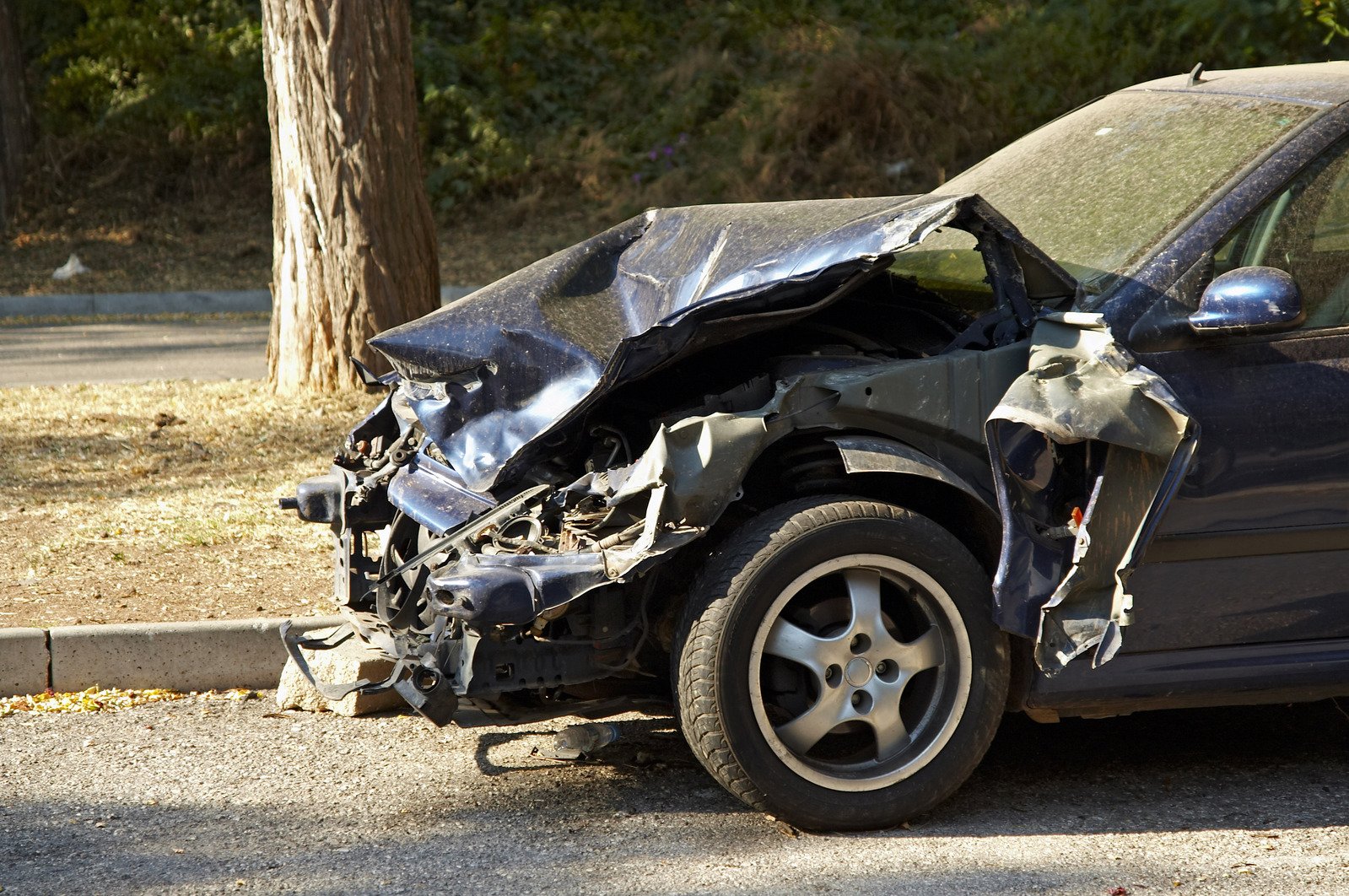Do Alzheimer’s-Afflicted Drivers Cause More Crashes Than Other Drivers Do?
“There are more than 40 million licensed drivers ages 65 and older in the U.S. And while driving can help with mental sharpness and independence, 16 older adults are killed in crashes every day.”[1]
Between “4.5 million” and 5.5 million people – over “…10 percent of those over 65 years and nearly 50 percent of those over 85 years [–] suffer from … [Alzheimer’s] disease).”[2]
Introduction: The Short Answer
There is no question about it: the U.S. populations is aging. Moreover, there are some not-so-rosy projections about the number of people expected to develop Alzheimer’s over the next several decades. All of this has the makings of a real traffic disaster, if it is the case that Alzheimer’s sufferers are more dangerous than other drivers. But are they more dangerous?
One public-information liaison advised: “…cognitive impairment from Alzheimer’s (or any other cause) is associated with an increased risk of traffic crashes[,] but the specifics have been hard to pin down for a lot of reasons, including that the disease is progressive.”[3] On the other hand, according to a Maine-based medical-review coordinator, Mild Cognitive Impairment, or MCI, “…statistically …carries no increased crash risk.”[4]
A Bit More Information
Things get even trickier, because: “In the US, there is no method for following patients with dementia over the long term while simultaneously following their driving record. As the disease progresses, patients and their families self-police whether the person should be driving or under what conditions they may drive [For an overview of the usual process, see HERE] – this means their exposure may decrease, particularly for night driving, highway driving, etc. This makes determining the risk for a given patient even more complex. The large part of the data on the topic comes from the medical literature.”[5]
When I wrote to the National Highway Traffic Safety Administration, a representative replied that “NHTSA does not have any info on driver health issues in our crash data systems. If you have any further questions regarding crash data, please feel free to email the National Center for Statistics and Analysis directly.”[6]
Likewise, the National Transportation Safety Board (NTSB) responded: “We do not keep these stats.”[7]
However, the NTSB’s media point man offered a little more detail.
He stated that “[t]he NTSB has not recently (last 6 years) investigated an accident involving a driver with dementia.” But, he said, NTSB “did complete a study quite some time [i.e., about 14 years] ago…,” as of this writing.[8]
National Transportation Safety Board Data
In the research results, a smattering of references were made to dementia in general, or Alzheimer’s in specific. In what follows, I will excerpt some of those references.
Firstly, the report stated: “Researchers have attempted to estimate the increased crash risk for medically high-risk drivers.[9] A comprehensive longitudinal study of restricted and unrestricted drivers with high-risk medical conditions[10] found that medically high-risk drivers generally had a higher rate of at-fault crashes when compared with matched controls, but that the relative risk differed greatly depending on the condition… For example, unrestricted drivers with cardiovascular disease had an at-fault accident risk equal to that of drivers in a comparison group, whereas unrestricted drivers with learning, memory, or communication deficits (such as Alzheimer’s disease and mental retardation) were 3.32 times more likely to cause an accident than drivers in a comparison group. The authors recommended that licensing authorities place greater consideration on the functional ability categories that show a higher risk of crashes (such as learning and neurological and episodic conditions) or that comprise a greater number of drivers.”[11]
The report further acknowledged the obvious point that “[s]ome high-risk medical conditions, such as Parkinson’s and Alzheimer’s disease, change over time, necessitating regular followups. [sic] Studies show that drivers over 65 with degenerative medical conditions do self-regulate to a limited extent, but that many continue to drive despite poor health.”[12]
Are patients generally honestly appraising their own diminishing driving abilities? Unfortunately, it appears that they are not. “A study of patients with Alzheimer’s disease found that although …[some] patients tended to restrict their driving habits, many continued to drive despite their caregivers’ perception that they should discontinue driving altogether. …[A]ttention deficits were significantly associated with an absence of self-imposed driving restrictions. Witnesses at the Safety Board’s hearing favored an active role by physicians and close associates in determining the driving fitness of a medically high-risk individual.”[13]
Finally, as I have written about elsewhere: “Every State has laws that regulate the driving privileges of medically high-risk drivers. Many place license restrictions on these drivers in an attempt to lessen the risk to all road users while granting the medically high-risk drivers some mobility. Disagreement currently exists among experts and in the literature regarding the merits of restricted licenses. The data in table 248 suggest that drivers on restricted licenses still present a hazard to the motoring public.”[14]
Hence, currently, the processes being advanced as solutions are all state-specific. However, not all states have the same sorts of interventions or procedures. For instance: “Agencies from [only] nine States noted that they have specific courses or educational material to train officers in identifying symptoms of Alzheimer’s disease.”[15]
Tentative Conclusion
Hence, more data is surely needed. However, from the limited information that is available, it appears that the intuitive answer is the case. Cognitively impaired drivers (for example, those with Alzheimer’s or other forms of dementia) cause more accidents and are therefore more dangerous than non-cognitively impaired drivers.
Additional Resources:
For a general introduction to the legalities of driving with some form of dementia, see:
http://alzheimersproof.com/index.php/2018/06/26/is-it-legal-to-drive-with-alzheimers-disease/
For ALZHEIMERSPROOF’s guide to State laws concerning driving with Alzheimer’s Disease, non-specific dementia, or Mild Cognitive Impairment, click below:
For an overview of the issues related to safety and driving, see:
http://alzheimersproof.com/index.php/2018/06/02/is-it-safe-to-drive-with-alzheimers/
Notes:
[1] “For Physicians,” South Dakota Department of Public Safety, <https://dps.sd.gov/driver-licensing/south-dakota-licensing-information/physicians>.
[2] National Institute on Aging, Progress Report on Alzheimer’s Disease, 1999, NIH Publication No. 99-4664, Bethesda, MD: National Institute on Aging, 1999; quoted in Medical Oversight of Noncommercial Drivers, Highway Special Investigation Report, Washington, D.C.: National Transportation Safety Board, 2004, p. vii.
[3] Christopher T. O’Neil, Chief of Media Relations, National Transportation Safety Board. Emphasis supplied.
[4] According to Thea Fickett, Medical Review Coordinator, Maine Bureau of Motor Vehicles.
[5] O’Neil, op. cit.
[6] Representative, National Highway Traffic Safety Administration.
[7] Representative, National Transportation Safety Board.
[8] O’Neil, op. cit.
[9] Medical Oversight of Noncommercial Drivers, Highway Special Investigation Report, Washington, D.C.: National Transportation Safety Board, 2004, p. 13; citing T.D. Koepsell, M.E. Wolf, L. McCloskey, D.M. Buchner, D. Louie, E.H. Wagner, and R.S. Thompson, “Medical Conditions and Motor Vehicle Collision Injuries in Older Adults,” Journal of the American Geriatric Society, vol. 42, no. 7, 1994, pp. 695-700; G. McGwin, R.V. Sims, L. Pulley, and J.M. Roseman, “Relations Among Chronic Medical Conditions, Medications, and Automobile Crashes in the Elderly: A Population-Based Case-Control Study,” American Journal of Epidemiology, vol. 152, no. 5, 2000, pp. 424-31; and C. Owsley, G. McGwin, and K. Ball, “Vision Impairment, Eye Disease, and Injurious Motor Vehicle Crashes in the Elderly,” Ophthalmic Epidemiology, vol. 5, no. 2, 1998, pp. 101-13.
[10] Ibid., citing E. Diller, L. Cook, E. Leonard, J. Reading, J.M. Dean, and D. Vernon, Evaluating Drivers Licensed
With Medical Conditions in Utah, 1992-1996, DOT-HS-809-023, Washington, DC: NHTSA, 1999, n.p.
[11] Ibid. Emphasis supplied.
[12] Ibid., p. 15; citing Testimony of Dr. Dana Clarke, Chairman of the Utah Medical Advisory Board and Director of the University of Utah Diabetes Center, NTSB hearing, Medical Oversight of Noncommercial Drivers, March 18-19, 2003 and A. Dobbs and B. Dobbs, The Unsafe Older Driver: Identification, Assessment and Minimizing the Negative Consequences of Loss of Driving Privileges, Continuing Education Seminar sponsored by the Canadian Psychological Association and the American Psychological Association, 2003.
[13] Ibid., p. 16; citing V. Cotrell and K. Wild, “Longitudinal Study of Self-Imposed Driving Restrictions and Deficit Awareness in Patients with Alzheimer Disease,” Alzheimer Disease and Associated Disorders, vol. 13, no. 3, 1999, pp. 151-6.
[14] Ibid., p. 16; citing Diller, et al., Evaluating Drivers Licensed With Medical Conditions in Utah, op. cit.
[15] Ibid., p. 22.











